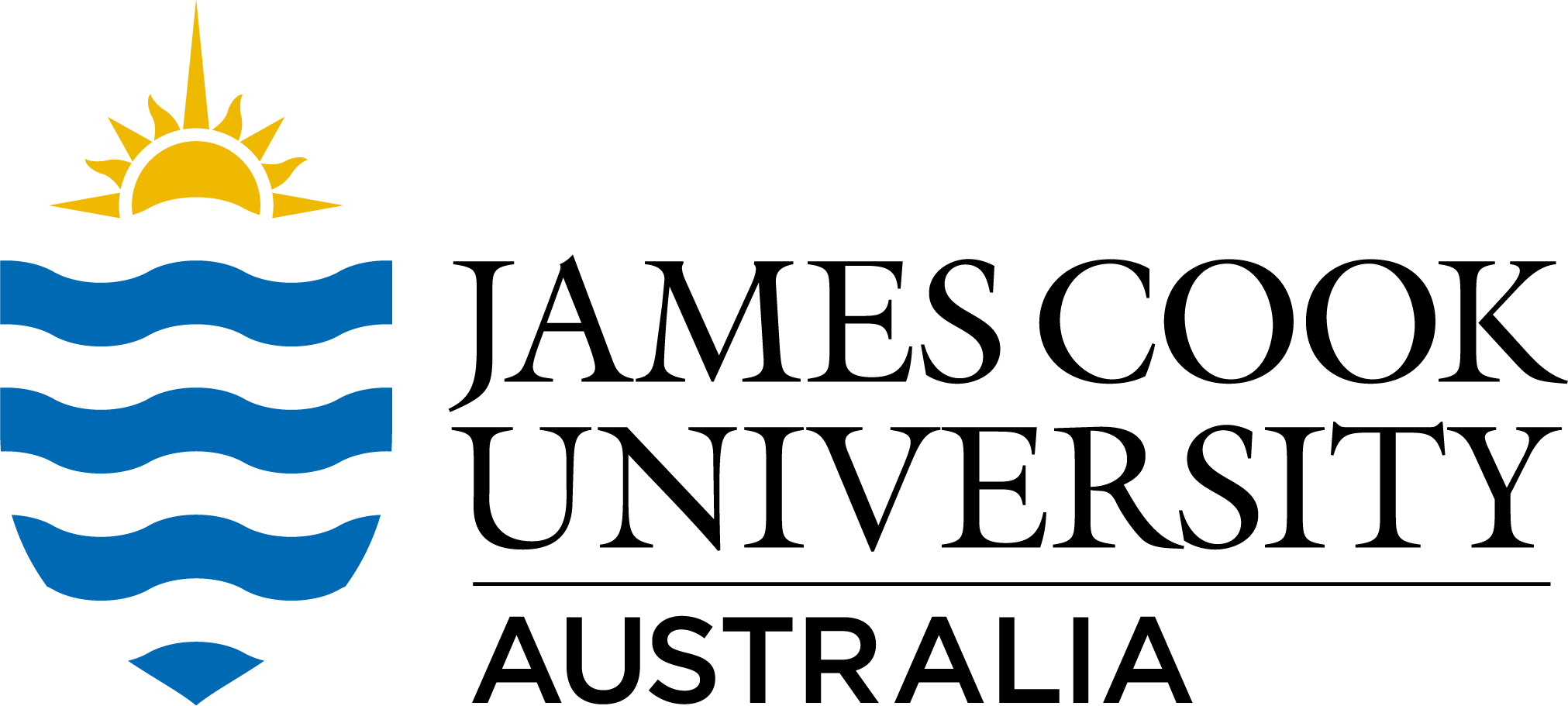Brief description
This is GIS data of surface drain lines for the Babinda Swamp Drainage Area and surrounding areas.Full description
The surface drain network (drain line) GIS dataset is key to understanding the nature and magnitude of runoff contributions of palaeochannels to surface drainage in flat agricultural areas such as Babinda. This project titled ‘Modelling unseen flow pathways of water and contaminants in the Wet Tropics: the role of alluvial palaeochannels’ was funded by the Queensland Government Department of Environment and Science, Queensland Water Modelling Network. The drain lines were obtained from 1x1 m LiDAR topographic data, drone imagery and analysis of the LiDAR topographic data (DEM analysis using commands such as flow direction, flow accumulation in standard GIS software). Because the study area was very flat, some drain lines were digitised after checking against high resolution drone imagery provided by QLD Government Department of Agriculture and Fisheries.
Software/equipment used to create/collect the data: ArcGIS Pro
Software/equipment used to manipulate/analyse the data: ArcGIS (ArcMap) and ArcGIS Pro
Created: 2023-08-11
Data time period: 07 2022 to 08 2023
Data time period:
The time period above is the project timeline
text: Babinda, Queensland, Australia
User Contributed Tags
Login to tag this record with meaningful keywords to make it easier to discover
- DOI : 10.25903/BF6Q-1Q13

- Local : researchdata.jcu.edu.au//published/f7078fa030f611eea020c9a81293027e


